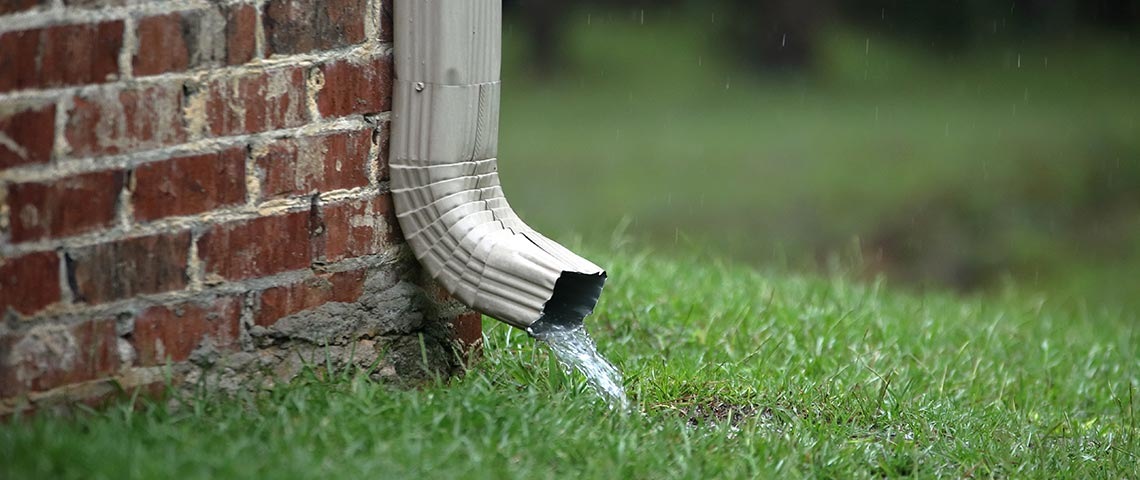512.291.0709
Mon - Fri: 9 AM - 11:30 AM
12:30 PM - 4 PM
November 02, 2020

Most of the scenarios that cause foundation problems are completely preventable. Improper drainage is no exception. Accumulated water around the home can cause foundation failure in both slab-on-grade and pier-and-beam foundations due to the instability caused by the saturation and resulting expansion of the clay soil that the home sits on. This loss of stability can cause a slab foundation to shift and eventually crack.
Furthermore, if water enters the crawl space beneath your home to saturate the cedar piers, they will eventually become soft, spongy and rotted. Similarly, if your home has concrete Sonotube piers, the wet earth will cause them to sink and/or shift.
In the Austin area, our expansive clay soil is especially vulnerable to water because clay swells significantly when exposed to water, then shrinks back as it dries. This creates a constant up-and-down movement underneath your foundation, which is made of (markedly inflexible) concrete. The combination of unstable soil and rigid concrete is, unsurprisingly, a terrible one; that’s why it is critical to limit and manage the amount of standing water around your home.
To make sure standing water does not become a problem for the structure of your home, it’s important to properly divert water away from the foundation.
Slope the ground away from the foundation. An elevated slope will divert water away from the foundation of your home rather than pooling around the foundation. The optimal measurement of a slope is a six-inch drop over a 10-foot distance.
Install downspouts. Downspouts should divert rainwater at least five feet away from the home's foundation. There are a wide range of downspouts that will do the job, from simple, economical options to more decorative types that can blend in with your landscaping to ones that you can bury to reduce what might be an unsightly but utilitarian tool.
Drainage. If you cannot create a slope around your foundation or if the slope you have is not steep enough to keep the water away from the foundation, surface drains or French drains can help move water away from your home. Surface drains are the preferred method of water management, since they are more economical and effective for controlling surface water than French drains.
While you may not have the option to decide the type of soil that your house stands on, you can control how water affects your foundation. If you’ve noticed that your foundation has already suffered from damage of any type, give the foundation experts at Douglas a call for the best solution.